


This statement might sound dramatic, but it reflects a growing truth in today’s workplace. Roles, as we traditionally define them, are being broken down and reshaped into skills. With the acceleration of artificial intelligence (AI), the way organizations plan their workforce is shifting fundamentally. Instead of thinking in terms of rigid job titles, forward-looking companies are starting to think in terms of capabilities—skills that can be matched, adapted, and redeployed as business needs change.
In 2025, AI workforce planning will no longer revolve around predicting “how many project managers we need.” Instead, it will be about understanding which skills—like collaboration, data storytelling, or cloud migration—are critical, and how to align them flexibly across different projects. The future is not role-first but skills-first hiring and workforce modeling AI.
This blog explores how AI is driving this change, what it means for HR leaders, and how organizations can prepare for a skills-driven future.
Traditionally, workforce planning has been job-based. HR teams mapped out roles—accountant, HR manager, software engineer—and filled them as organizational charts dictated. Job descriptions acted like checklists, outlining responsibilities and qualifications.
But this approach is quickly becoming outdated. A skills-first model focuses less on the role and more on the individual’s capabilities. Instead of asking, “Do we need another project manager?” organizations ask, “What skills do we need to deliver the next set of projects, and who already has them?” For instance, an employee in customer service might also have strong data visualization skills. A skills-first approach could deploy them into analytics projects, even if their title doesn’t suggest it.
To support this transition, new workforce modeling tools—similar to the concepts you’ll find in Wikipedia’s workforce planning page—allow organizations to break jobs into component skills, map them, and model different future scenarios. This flexibility makes workforce planning less about rigid hierarchies and more about dynamic capability ecosystems.
Shifting to a skills-first approach isn’t new, but what makes 2025 different is the rise of AI. Here’s why AI is the catalyst:
AI can scan business strategies, market trends, and internal data to predict which skills will be in demand. For example, if a company plans to expand into AI-driven products, the system might forecast rising demand for machine learning, product design, and ethical AI governance.
AI can build “skill personas” instead of “job personas.” Employees aren’t boxed into their titles but profiled by their unique combinations of skills. This makes it easier to align talent with projects dynamically.
Unlike static spreadsheets, AI-driven workforce modeling AI platforms continuously update skills maps. They pull in data from learning platforms, project histories, and even collaboration tools to ensure HR has real-time visibility of organizational strengths and gaps.
In 2025, AI won’t just support workforce planning—it will redefine it entirely by making “skills-first” practical at scale.
So how does this shift show up in real HR practice? Let’s break it down:
Instead of annual headcount planning, AI can project skill demand in real time. For example, if a retail chain plans to integrate robotics in its warehouses, AI can forecast not just how many technicians are needed, but which emerging HR skills—like human-robot collaboration training—will become critical.
AI helps identify hidden talent pools. Imagine an employee with SQL knowledge working in marketing. AI systems flag them as a candidate for data analyst roles, triggering reskilling pathways. This enhances internal mobility and reduces dependency on external hires.
Traditional succession planning identifies “next in line” leaders by role. AI changes this by analyzing capabilities instead of titles. Leadership isn’t tied to being a manager today—it could be tied to skills like strategic foresight, communication, or systems thinking. This enables more inclusive, capability-driven succession plans.
1. AgilitySkills-first planning enables companies to reconfigure teams faster, responding to sudden market shifts.
2. Better Talent UtilizationEmployees aren’t confined to their roles but can contribute across functions. This boosts engagement and productivity.
3. Lower AttritionEmployees feel valued when their diverse skills are recognized. AI-driven transparency encourages career growth, reducing early exits.
4. Future-Readiness AI identifies not just current skill gaps but anticipates future needs—ensuring organizations stay ahead of the curve.
1. Data Accuracy AI systems rely on robust data. If skills aren’t accurately recorded, forecasts and recommendations may misfire.
2. Transparency & Trust Employees may fear being “boxed in” by AI-driven labels. HR must ensure transparency in how skills are mapped and used.
3. Employee Buy-In Transitioning from role-based to skills-first planning requires cultural change. Without employee trust, adoption may stall.
Transitioning to flexible workforce planning powered by AI requires a structured approach. Here are practical steps:
Start by creating a baseline skills inventory. Combine self-assessments, manager reviews, and project data. Then, compare it with the skills your future strategy will require. For example, if your 2025 strategy includes sustainability initiatives, map out current sustainability expertise vs. future demand.
Deploy AI platforms that can “read” employee skill profiles and recommend them for projects—even outside their current role. This enhances cross-functional collaboration and makes the workforce more adaptable.
Visualize skills across the organization with dynamic workforce dashboards. These dashboards can show:
Such dashboards make workforce planning more transparent, data-driven, and accessible for leaders at all levels.
The future of work isn’t about titles—it’s about talents. As AI workforce planning 2025 takes center stage, HR leaders must embrace skills-first hiring, dynamic workforce modeling, and AI-driven forecasting. This shift isn’t optional; it’s the only way to stay agile in a business landscape where roles vanish overnight, but skills remain transferable and valuable.
Organizations that move early will not only adapt to change—they’ll thrive in it.
Call to Action: Ready to see where your organization stands? Start with a skills-first AI audit. Map your current workforce capabilities, identify gaps, and explore how AI can help you plan for the future. The sooner you shift from roles to skills, the more resilient your workforce will be in 2025 and beyond.
Role-based planning focuses on filling predefined job titles, while skills-based planning emphasizes the underlying capabilities employees bring to projects. With AI, companies can map, track, and deploy skills dynamically instead of being tied to rigid roles.
Tools include workforce modeling AI platforms, dynamic dashboards, internal talent marketplaces, and AI-powered learning systems that suggest role-to-project matches and reskilling pathways.
The key challenges are ensuring data accuracy, building employee trust, and driving cultural change. Without accurate skill data or employee buy-in, even the best AI systems may face resistance.
Begin by mapping existing skills, comparing them with future needs, and piloting AI platforms for skill tracking and project matching. Start small—perhaps with one department—and scale across the organization once proven successful.
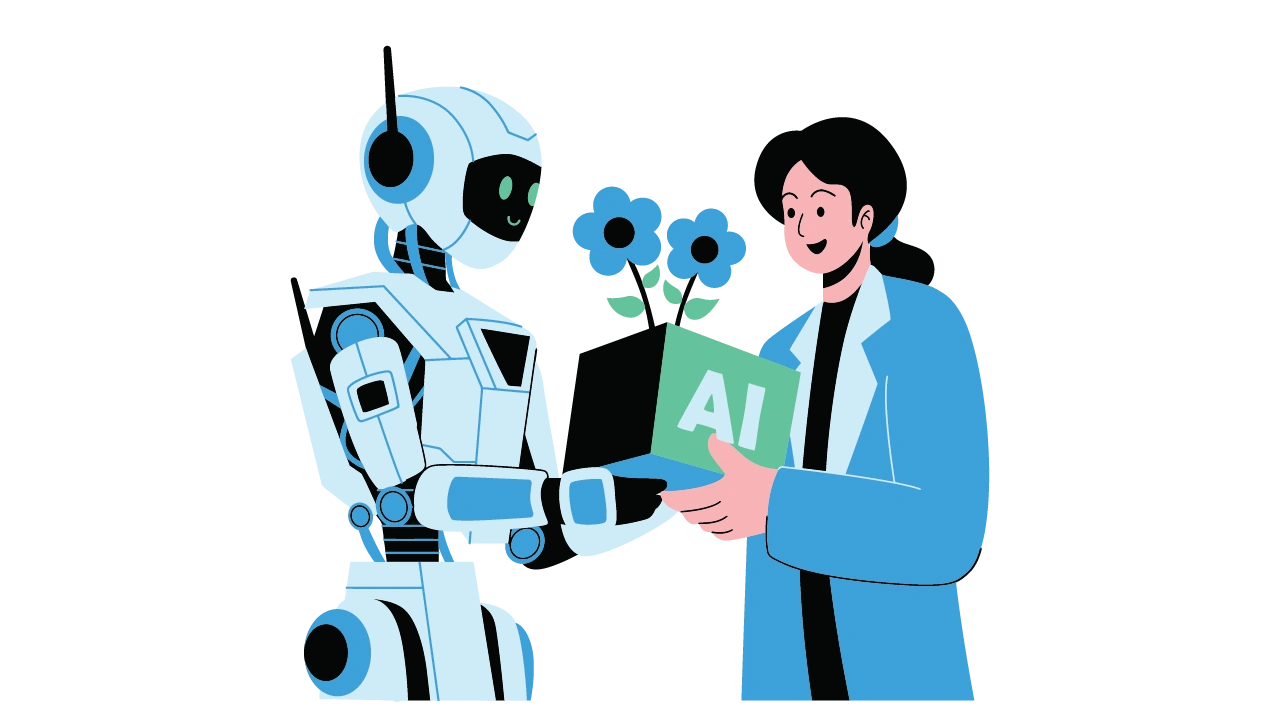
In today’s rapidly evolving work landscape, the arrival of Agentic AI in the workplace is shifting the way teams function, decisions are made, and work is delivered.
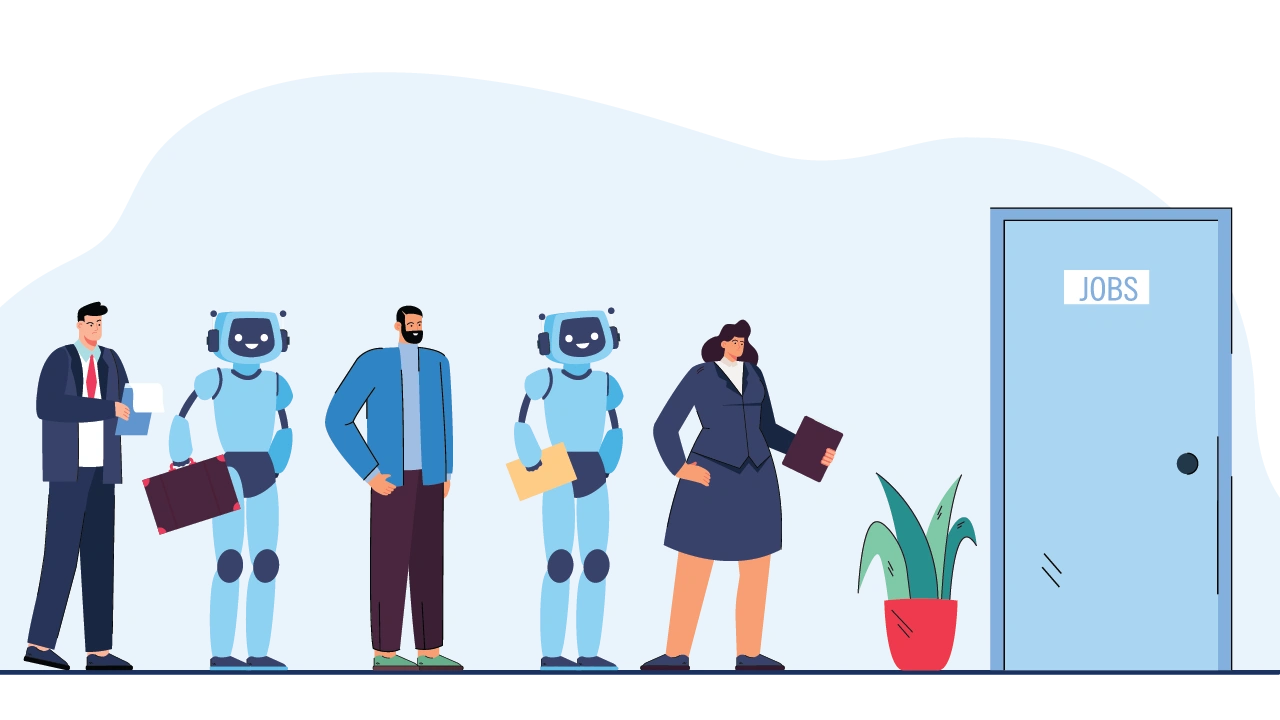
As artificial intelligence continues to reshape the workplace, a new frontier is emerging-one where human workers and AI agents...
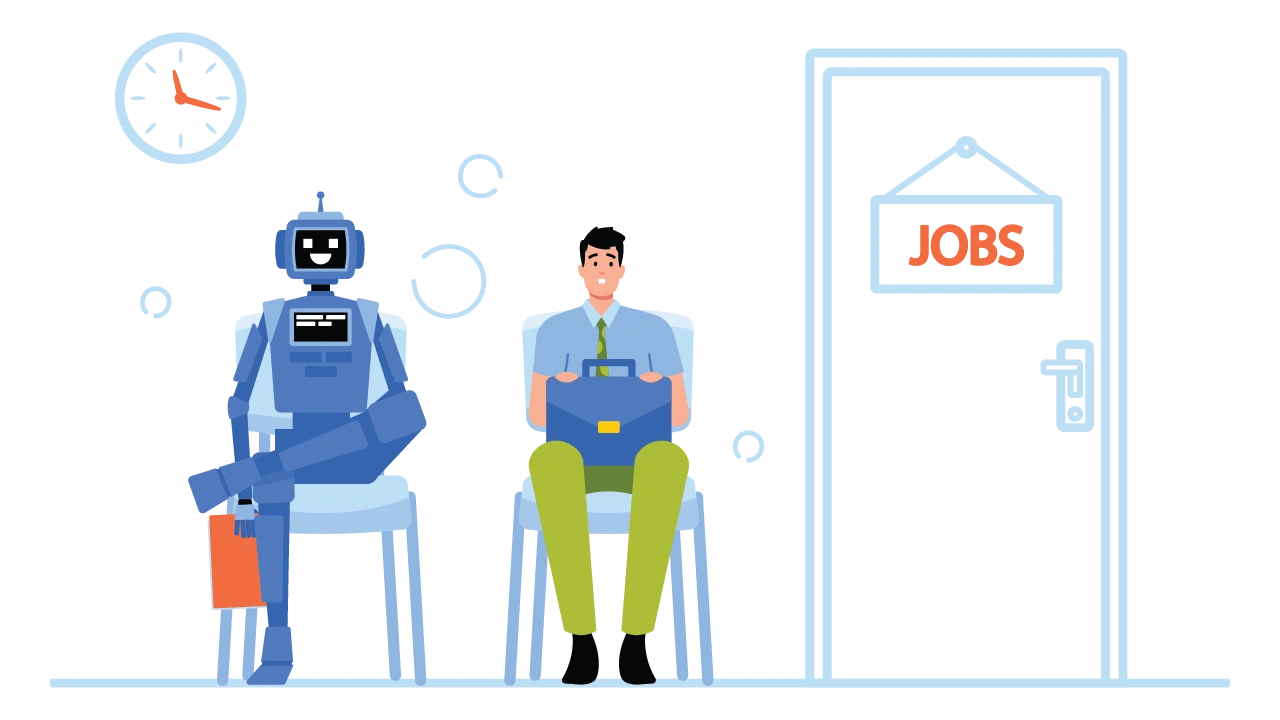
The “Future of Work” is no longer a distant vision—it’s today’s reality. In 2025, global organizations are navigating a landscape...
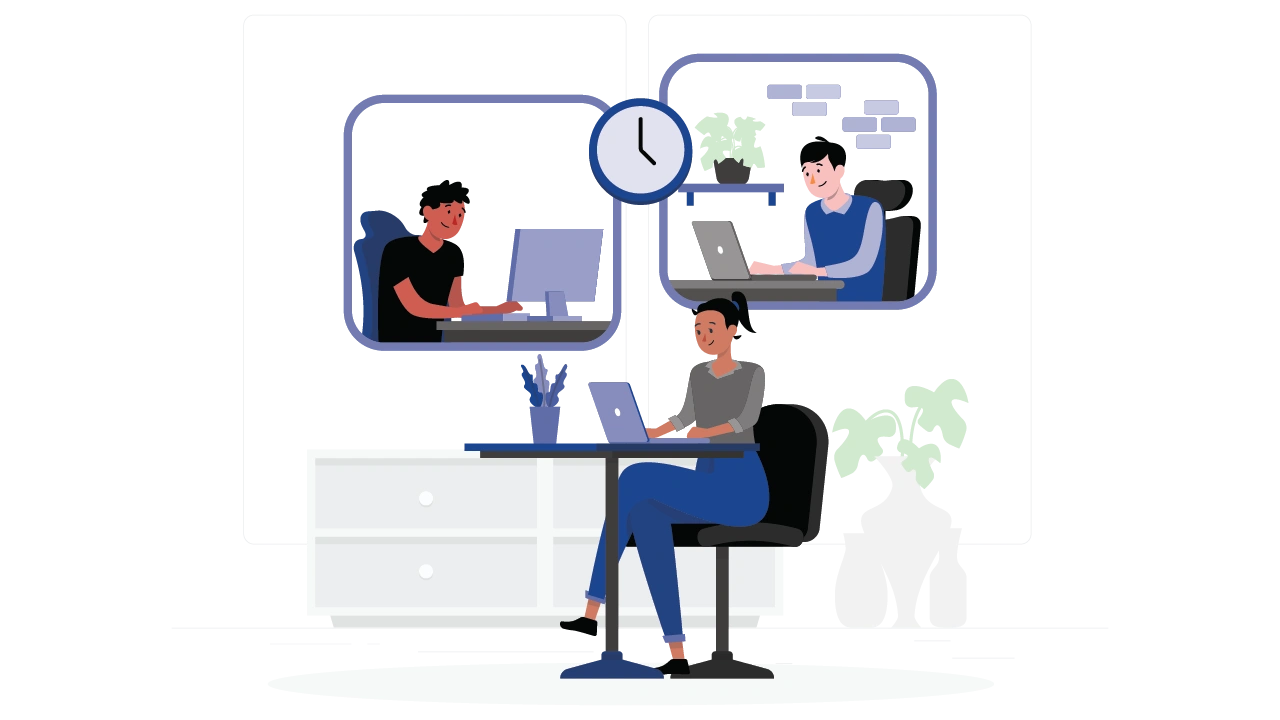
In a world where distributed teams are the norm rather than the exception, the role of culture is under the microscope like...
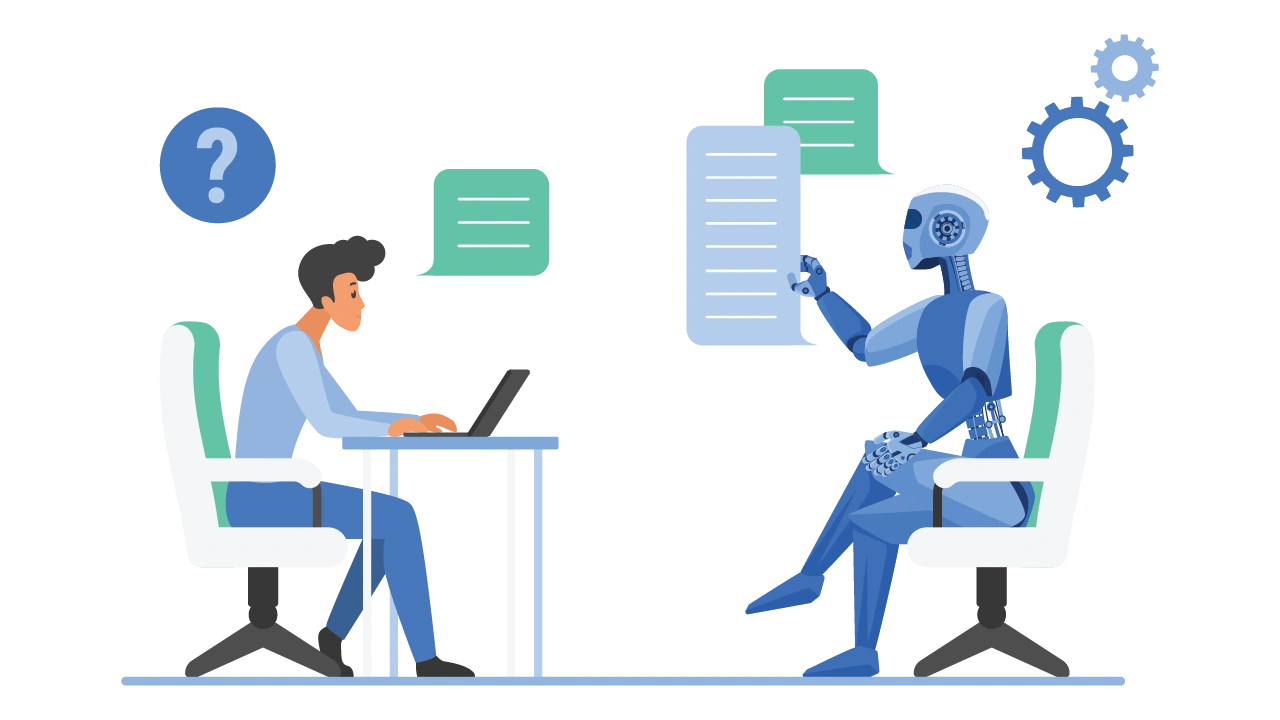
We hear about AI everywhere - from headlines about job losses to promises of supercharged productivity...
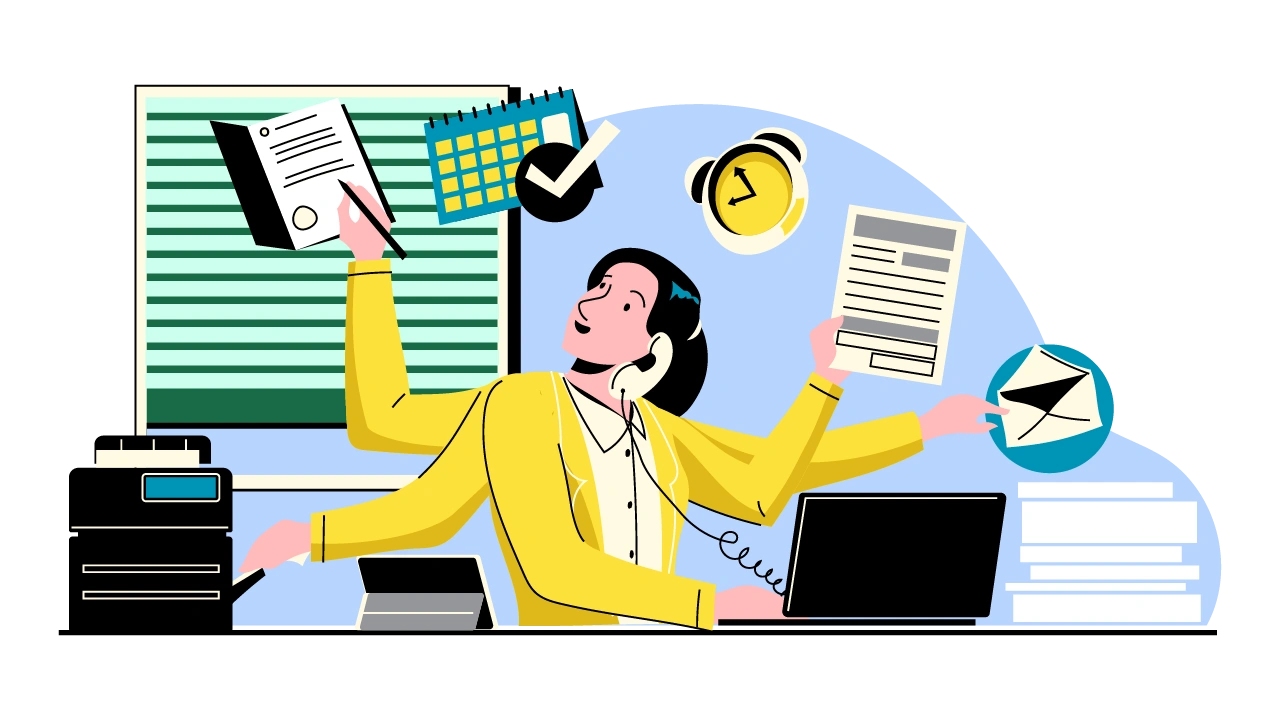
In today's dynamic and often unpredictable business landscape, growth is the ultimate aspiration for small and mid-sized enterprises (SMEs)...